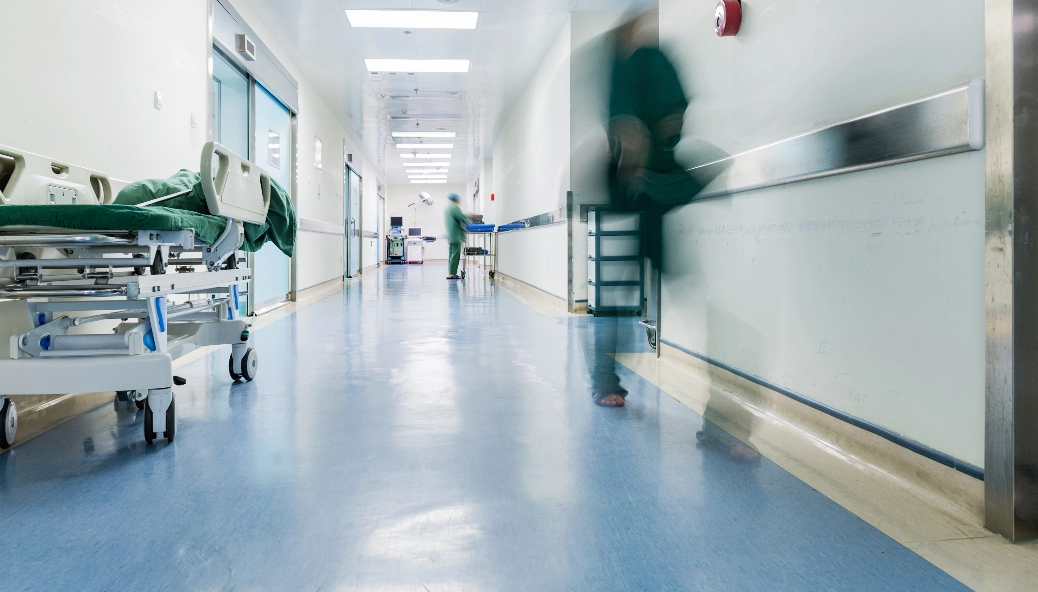The Impact of AbbVie’s Price Increases for Humira on Pharmaceutical Innovation

The pharmaceutical industry has long argued that high drug prices are a good thing because the profits from these price hikes allow companies to spend more on research and development to discover and launch the cures of the future.
To test the claim that higher drug prices drive innovation, we gathered data from the industry, individual companies, and the FDA to conduct a counterfactual analysis: what would happen at some of the largest pharmaceutical companies in the world if prices on certain blockbuster drugs had remained constant over the last 10 years?
The following case study examines drug pricing at Abbvie, a multinational pharmaceutical firm with treatments primarily in immunology. This analysis is part of a larger study on the impact of pharmaceutical price increases on medical innovation. To read the full study, click here.
Abbvie Case Study
- Headquarters: Chicago, Ill., United States
- Drug Analyzed: Humira (adalimumab)
- 2021 Company Revenue: $56.2 billion
- 2021 R&D Spending: $7.1 billion
- Other Key Products: Skyrizi (risankizumab), Imbruvica (ibrutinib), Botox (onabotulinum toxin A)
No large pharmaceutical company in recent memory has been so dependent on the fortunes of a single drug than Abbvie on Humira, the anti-tumor necrosis factor biologic drug used to treat a wide variety of inflammatory diseases. In anticipation of the first adalimumab biosimilars entering the U.S. market in 2023, Abbvie has ramped up R&D spending to replace Humira as the company’s primary revenue source.
We analyzed the pricing behavior on Humira over the last 10 years. Abbvie consistently raised the drug’s list and net prices. In the last decade, the net price has increased 129 percent.
As such, the drug’s revenue is primarily driven by price increases, though additional treatment indications has helped Abbvie sell more units of the drug. Still, more than 65 percent of the drug’s revenue growth since 2012 has come from higher prices, totaling $49.0 billion.
If the price of Humira remained flat since 2011, the loss of $49.0 billion in revenue would have resulted in $7.2 billion less in R&D spending. We estimate that, based on the drug development scenarios used in our analysis, Abbvie spends $4.6 billion (IQR: $3.6-$6.4 billion) per new drug developed. Therefore, the loss of revenue would lead to 1.56 fewer drugs developed — the largest decrement to drug development found in the analysis.
Still, the results are further evidence that profit growth driven by price hikes on older, branded, monopoly drugs like Humira rarely leads to the development of innovative new medicines.



 ">
">